New Windows vulnerability could repeatedly trigger the blue screen of death on millions of devices
Attackers could exploit the Windows vulnerability to repeatedly crash machines and trigger a blue screen of death, according to researchers at Fortra

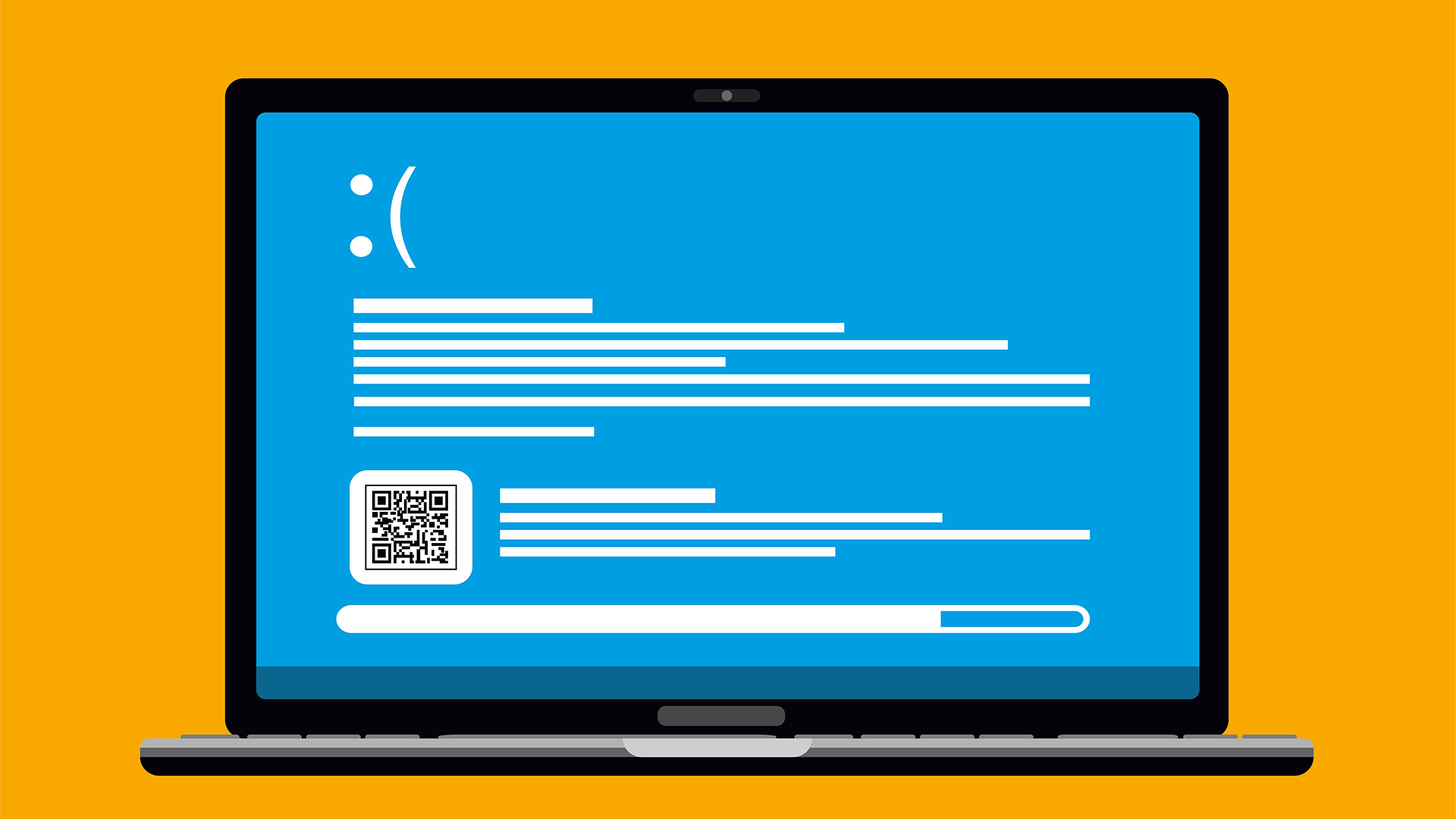
A new Windows vulnerability could be exploited by attackers to generate an unrecoverable inconsistency and repeatedly crash affected systems, researchers have warned.
Ricardo Narvaja, principal exploit writer at cybersecurity and automation software company Fortra, uncovered a vulnerability in the common log file system (CLFS.sys) driver of Windows.
Disclosed by Fortra on 12 August, CVE-2024-6768 is said to have been caused by improper validation of specified quantities in input data, leading to an unrecoverable inconsistency, which triggers the KeBugCheckEx function, resulting in the infamous blue screen of death.
A proof of concept (PoC) developed by Narvaja revealed that by crafting specific values within a .BLF file, the format of log files used by the Windows common log file system t, an unprivileged user could cause the target system to crash.
Despite only requiring low level account privileges and being listed as having a low attack complexity, CVE-2024-6768 is a medium severity security flaw rated a 6.8 on the CVSS, possibly due to a potential attacker requiring a local access in order to exploit it.
CVE-2024-6768 gives attackers “another tool in their post-compromise toolkit”
Tyler Reguly, associate director of security R&D at Fortra, told ITPro that due to fact the attacker would already need access to the system to exploit it, this flaw is not the most dangerous to emerge recently,
“To classify this vulnerability as dangerous would be a mistake. Not every vulnerability is world ending, but it is important that we still think about them and understand them. In this case, the attack vectors are limited as are the real-world use cases,” he explained.
Sign up today and you will receive a free copy of our Future Focus 2025 report - the leading guidance on AI, cybersecurity and other IT challenges as per 700+ senior executives
“Since the attacker must have access to the system, we’re talking about an insider attack or someone who has already compromised your network, which means there’s a bigger risk that already exists. Next, we’re talking about crashing a system. There’s no code execution or privilege escalation associated with this; it is a straightforward denial of service.
Reguly warned, however, that CVE-2024-6768 would be a handy addition to a hacker’s post-compromise toolkit.
“Where the risk comes in is if someone wants to disrupt a multi-user environment or reboot a system where they don’t yet have increased privileges.,” he noted.
RELATED WHITEPAPER

“This vulnerability doesn’t give an attacker the keys to the kingdom. Instead, it gives them another tool in their post-compromise toolkit – a self-recovering denial of service that essentially lets you reboot a system without permission to do so.”
Fortra’s blog warned the issue affects all versions of Windows, up to and including the latest versions of both Windows 10 and 11 with all updates applied.
Narvaja has made the functional PoC with sources as well as the crafted .BLF file available on Fortra’s GitHub for those looking to learn more about the vulnerability.

Solomon Klappholz is a former staff writer for ITPro and ChannelPro. He has experience writing about the technologies that facilitate industrial manufacturing, which led to him developing a particular interest in cybersecurity, IT regulation, industrial infrastructure applications, and machine learning.
-
 Samsung Galaxy S25 FE review
Samsung Galaxy S25 FE reviewReviews A big bright display, all-day battery, and some super premium cameras make this a superb handset for office bods
-
 Qualcomm the data center with $2.4 billion Alphawave Semi acquisition
Qualcomm the data center with $2.4 billion Alphawave Semi acquisitionNews The move sees Qualcomm absorb Alphawave Semi’s portfolio of custom silicon, high-speed connectivity solutions, and chiplets
-
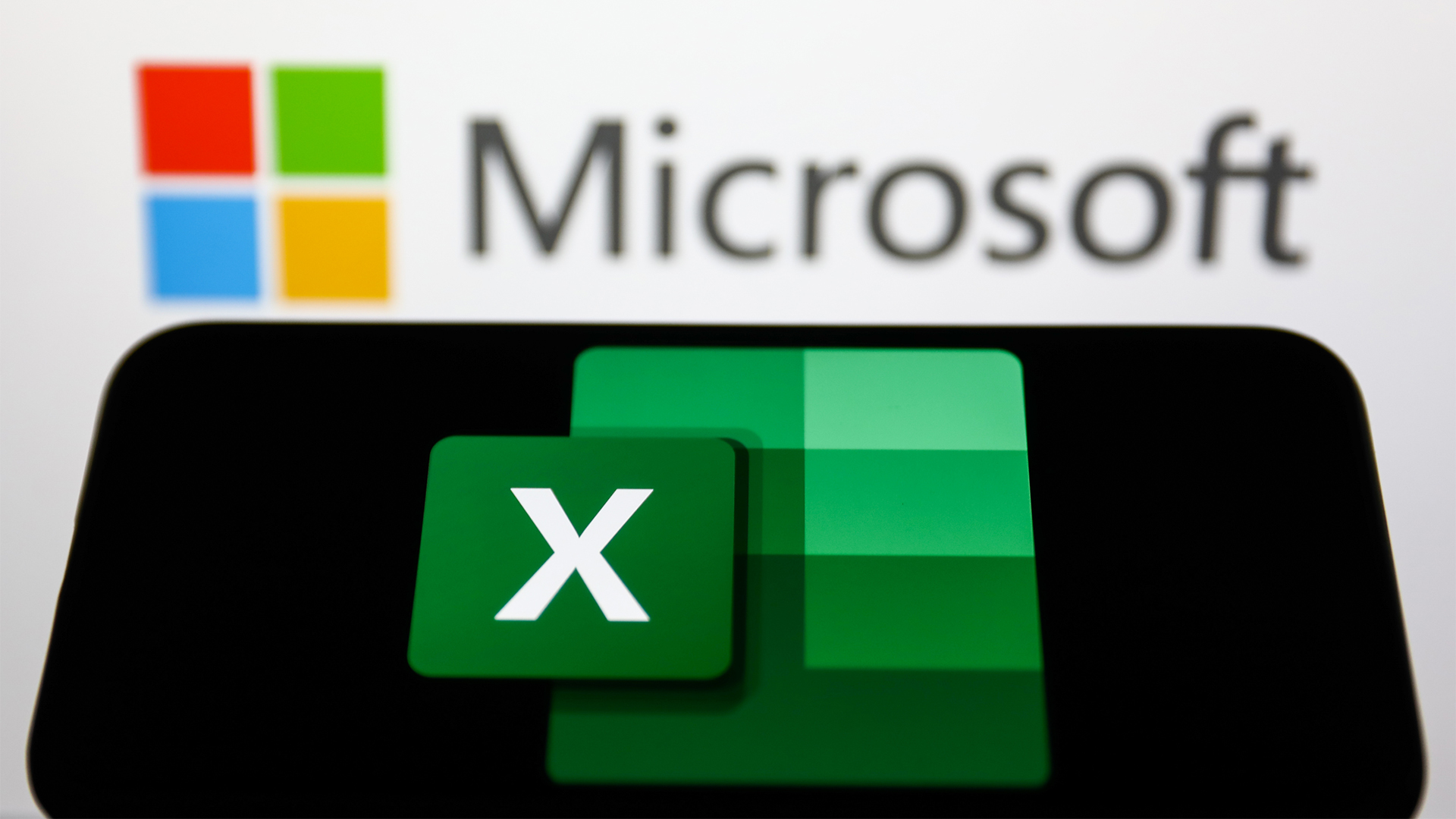 Microsoft Excel is still alive and kicking at 40 – and it's surging in popularity as 82% of finance professionals report ‘emotional attachment’ to the spreadsheet software
Microsoft Excel is still alive and kicking at 40 – and it's surging in popularity as 82% of finance professionals report ‘emotional attachment’ to the spreadsheet softwareNews A recent survey found Gen Z and Millennial finance professionals have a strong “emotional attachment” to Microsoft Excel
-
 Microsoft’s Windows chief wants to turn the operating system into an ‘agentic OS' – users just want reliability and better performance
Microsoft’s Windows chief wants to turn the operating system into an ‘agentic OS' – users just want reliability and better performanceNews While Microsoft touts an AI-powered future for Windows, users want the tech giant to get back to basics
-
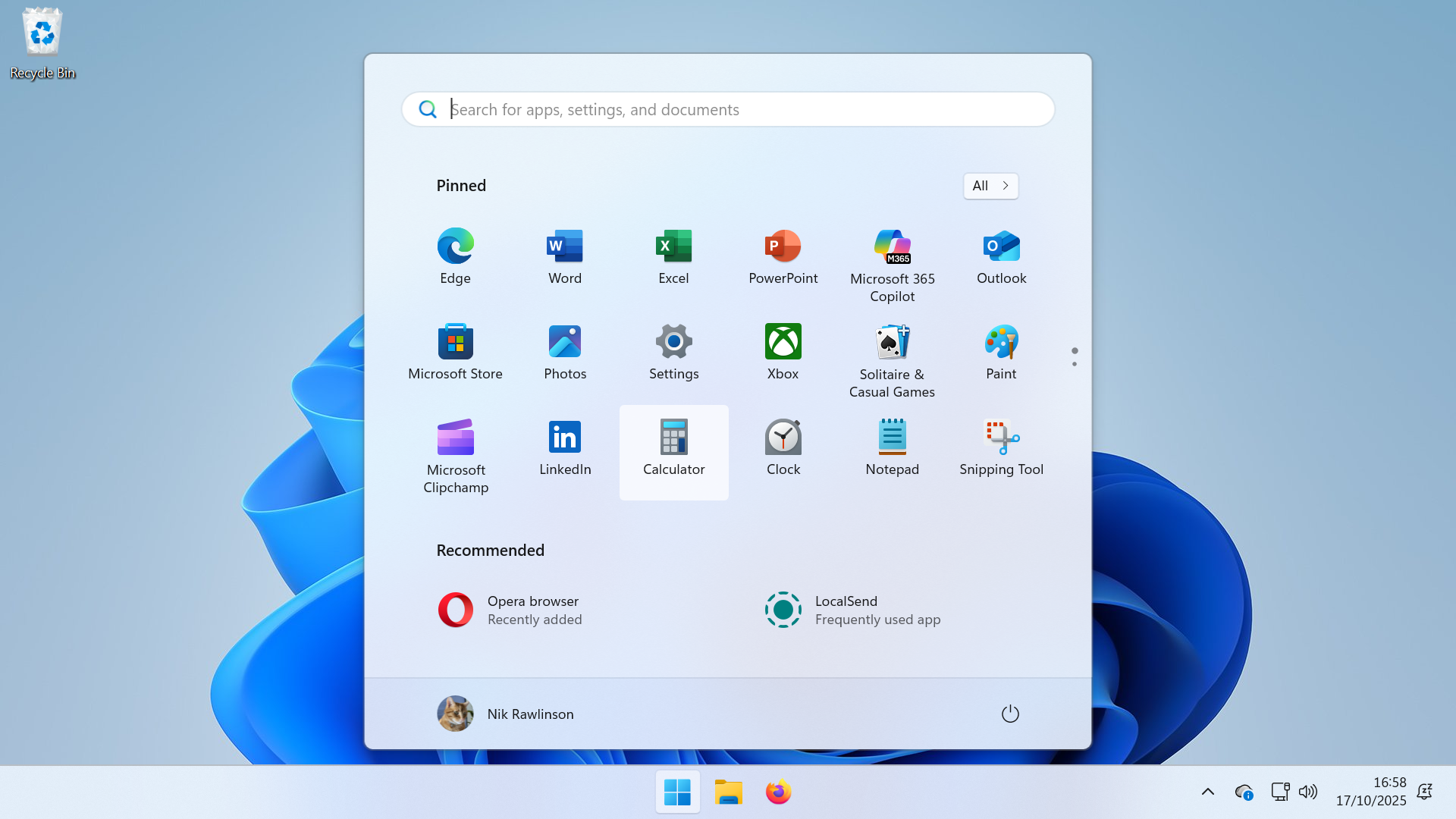 Windows 10 end of life has passed – here's your business guide to Windows 11
Windows 10 end of life has passed – here's your business guide to Windows 11In-depth As Windows 10's mainstream support ends, it's time for businesses who have yet to upgrade to take a second look at Windows 11
-
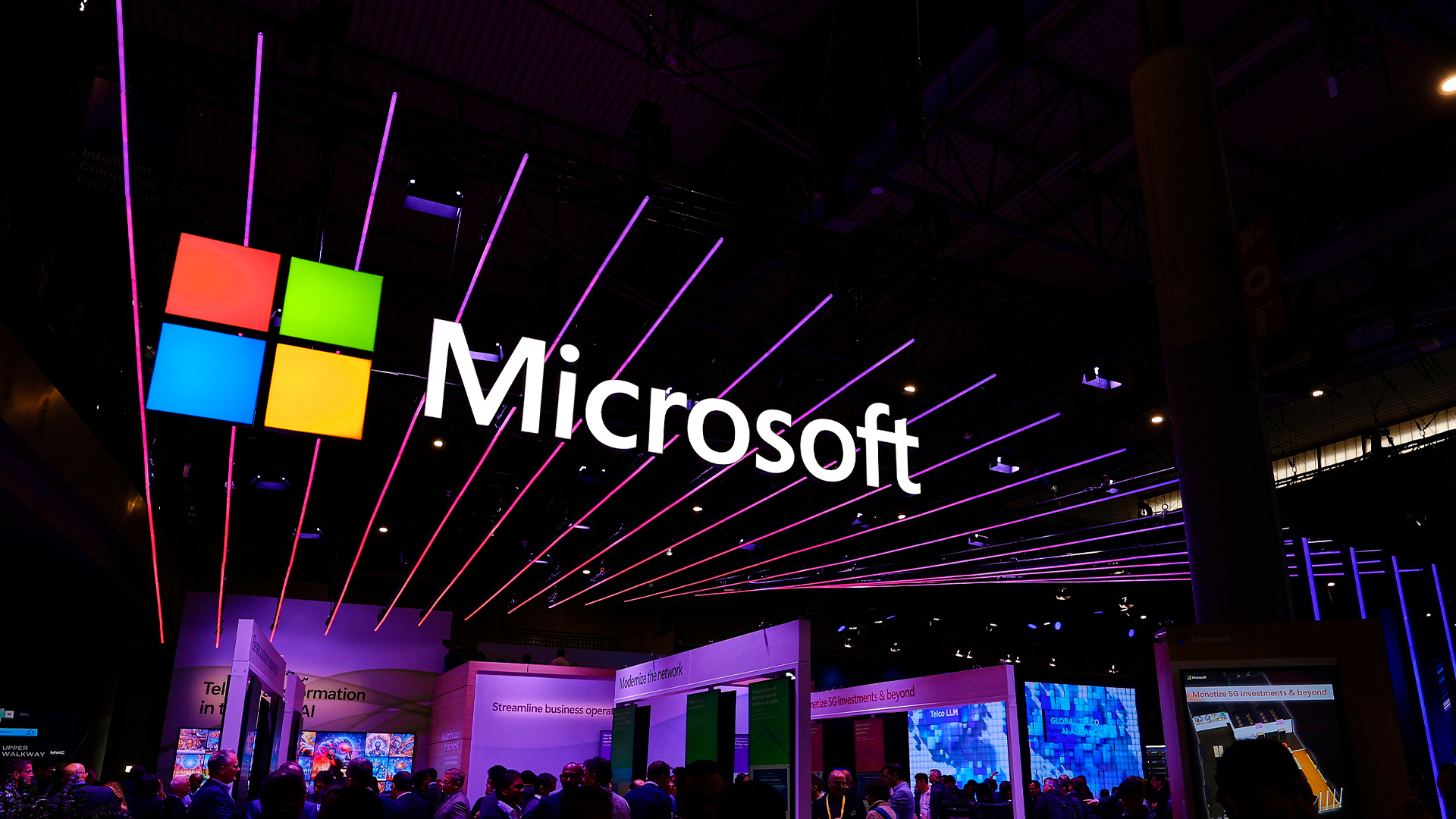 Microsoft 365 price hikes have landed the tech giant in hot water
Microsoft 365 price hikes have landed the tech giant in hot waterNews Australian regulators have filed a lawsuit against Microsoft for allegedly misleading users over Microsoft 365 pricing changes.
-
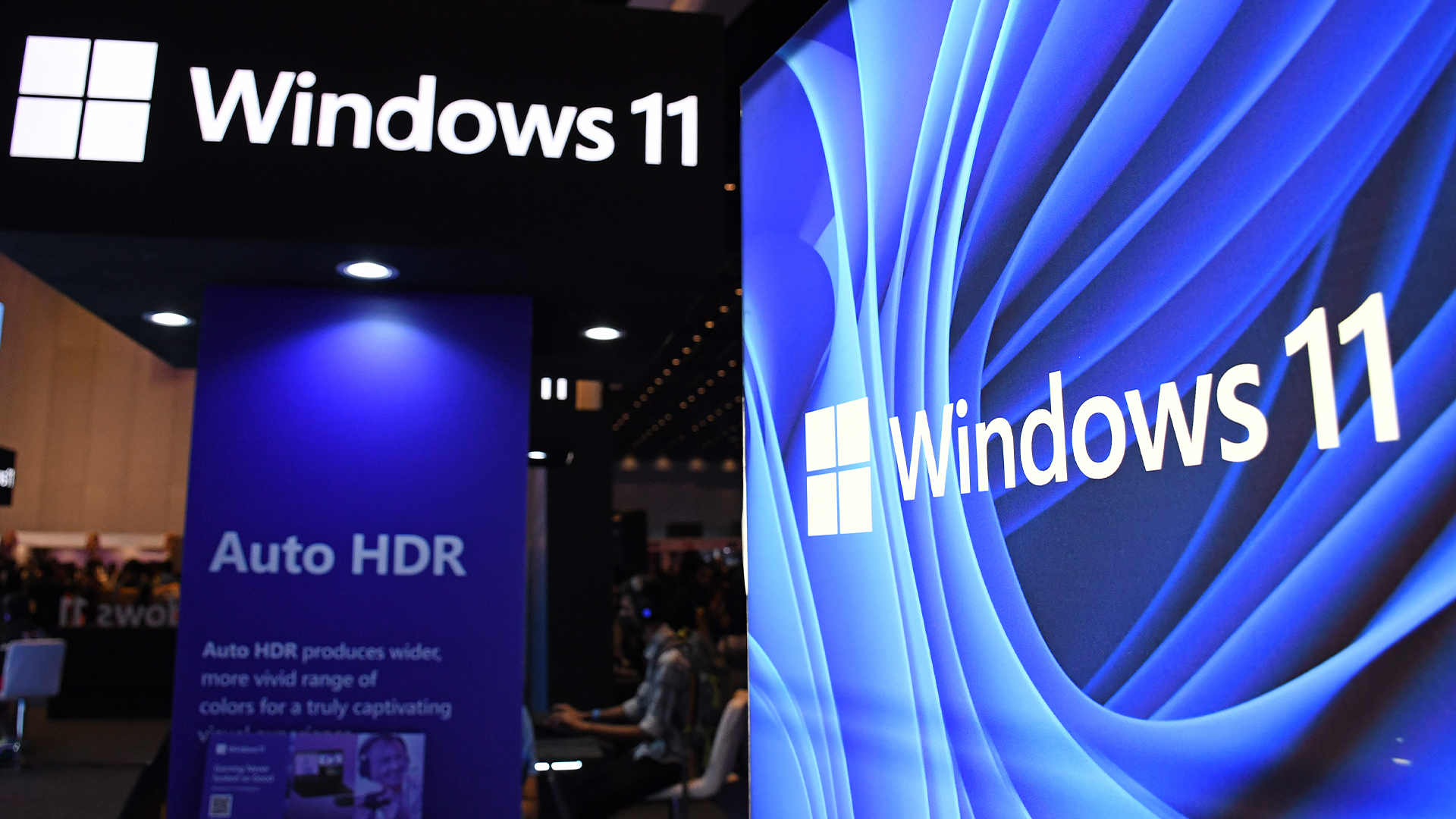 Microsoft issues fix for Windows 11 update that bricked mouse and keyboard controls in recovery environment – here's what you need to know
Microsoft issues fix for Windows 11 update that bricked mouse and keyboard controls in recovery environment – here's what you need to knowNews Yet another Windows 11 update has caused chaos for users
-
 Windows 10 end of life could create a major e-waste problem
Windows 10 end of life could create a major e-waste problemNews The study marks the latest Windows 10 end of life e-waste warning
-
 Microsoft Office 2016 and 2019 are heading for the scrapheap next month – but there could be a lifeline for those unable to upgrade
Microsoft Office 2016 and 2019 are heading for the scrapheap next month – but there could be a lifeline for those unable to upgradeNews The tech giant has urged Office 2016 and Office 2019 users to upgrade before the deadline passes
-
 UK government programmers trialed AI coding assistants from Microsoft, GitHub, and Google – here's what they found
UK government programmers trialed AI coding assistants from Microsoft, GitHub, and Google – here's what they foundNews Developers participating in a trial of AI coding tools from Google, Microsoft, and GitHub reported big time savings, with 58% saying they now couldn't work without them.